
Lighthouses have a unique and interesting history as well as important functions. Their most obvious function is to help guide ships through perilous conditions.
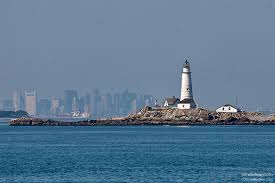
The first lighthouse in the United States was built in 1716 on Little Brewster Island at the entrance to Boston Harbor. The light in the original lighthouse was produced by using candles or lamps that burned whale oil. In that era someone had to keep the candles and lamps lit thus the reason lightkeepers were needed.
Though the 380’s section of the Fulton County Public Library contains many interesting adult picture books about lighthouses, for this post I’ve relied heavily on these books:


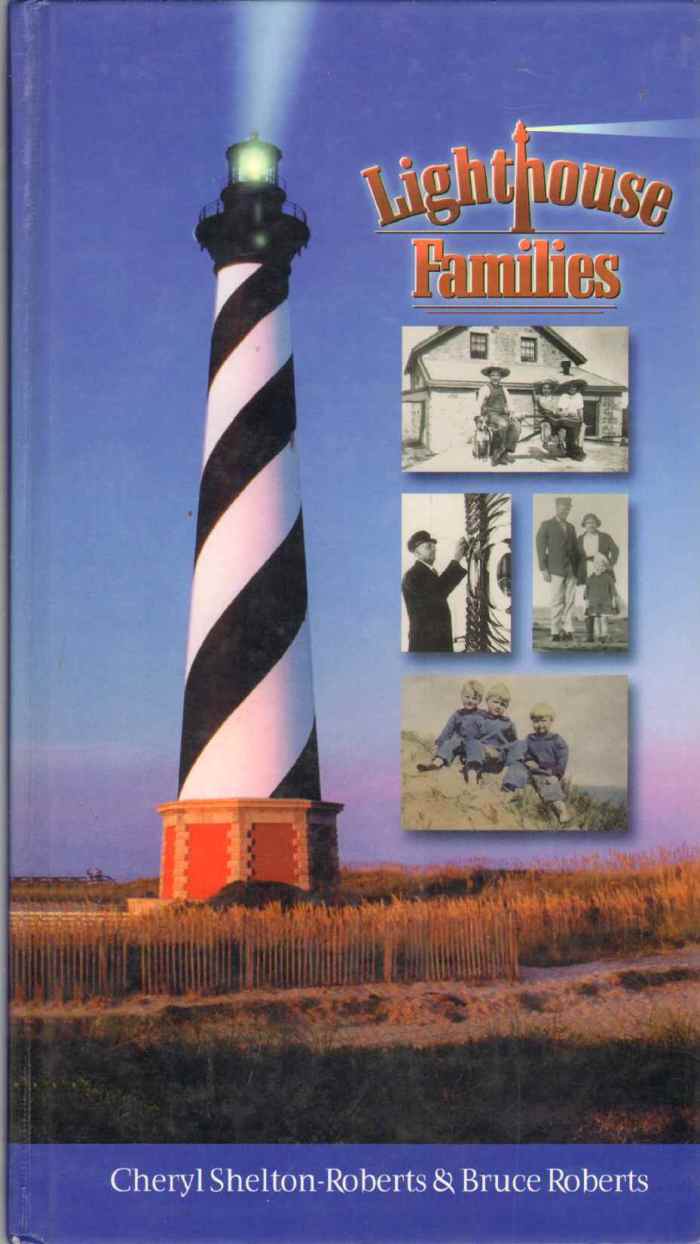
The very first lightkeeper was George Worthylake. He served for two years before he and two other men drowned when the boat they were in capsized while trying to reach the lighthouse. During the next several years, the original lighthouse continued to have it’s share of challenges.
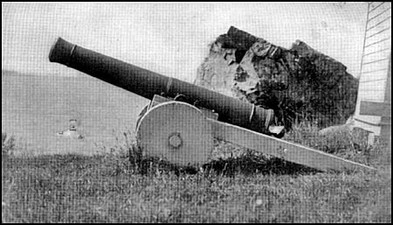
In 1719 the lighthouse began sharing it’s small island with the first ever fog cannon in the US. After the arrival of the fog cannon, things went pretty smoothly until the early 1750’s when a fire in the lighthouse destroyed all of it’s wooden parts. Though the fire was a setback for the lighthouse, it was repaired and reopened and remained in working order until the American Revolution when the British destroyed it. Though it remained out of commission during the war, the lighthouse was once again repaired and returned to service when the fighting stopped.
Prior to the American Revolution other lighthouses began to dot the seacoast of the US. There was Brant Point in 1746,
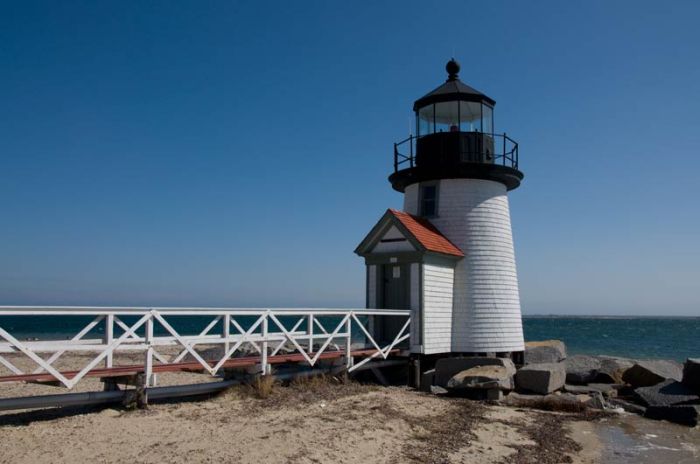
Nantucket Island in 1748,

Beavertail Lighthouse in 1749,
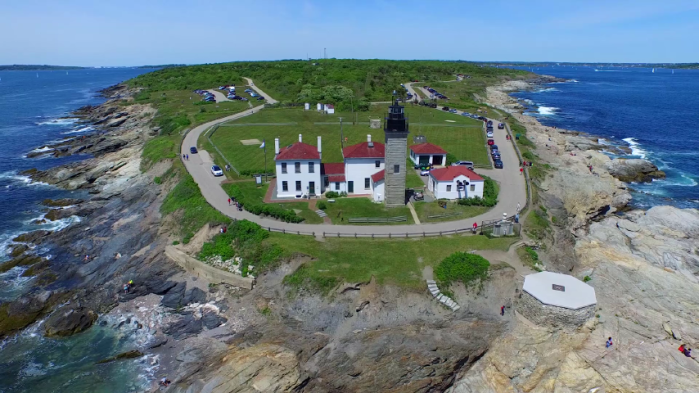
as well as many other lighthouses that began to appear in Massachusetts, Rhode Island, Connecticut, New Jersey, and South Carolina. Eventually lighthouses made it all along the Atlantic Coast, then the Great Lakes region (where the lighthouses are shorter than the coastal lighthouses), and finally the Pacific coast.
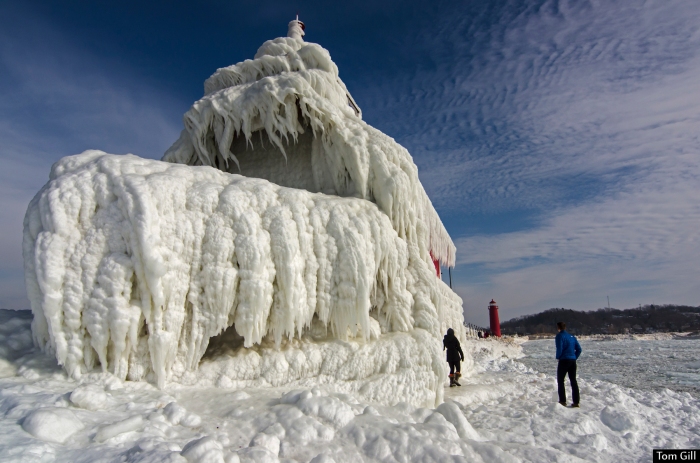
All lightkeeping families had to contend with very hazardous weather conditions, but the lighthouses in the Great Lakes regions have a very unique winter hazard – ice. The coastal lighthouses don’t tend to get a lot of ice buildup since the saltwater of the sea tends to prevent ice from forming. Lighthouses on the Great Lakes border fresh water bodies and thus do not get the benefit of self dissolving ice. It has been reported at times that the Great Lakes lighthouses could have up to 30 feet of ice surrounding them. The ice has to be chipped away to get to the door. Sometimes lightkeepers have been trapped inside due to ice. At other times they’ve been kept out by the ice.
The Federal Government was established in 1789. In the ninth act of Congress all navigational aids became the responsibility of the Federal Government. Every state was required to turn over their lighthouses and all other navigational aids to the Treasury Dept.
In 1820 lightships began to be used.

Unfortunately the lights on these ships made them the targets of rebel ships during the civil war. Many of the lightships were burned, sunk, or hidden.
Up until 1840 the President’s signature was required to appoint lightkeepers. President George Washington was personally involved in establishing the salaries of lightkeepers and in some cases lowering their salaries.
In the beginning all “official” lightkeepers were men. The lightkeepers moved their entire family to where ever the lighthouse was that they were assigned. Often these places were quite remote. There were no nearby stores to get supplies, there were no schools, no other people, no form of entertainment, no churches, etc. The lighthouse families were entirely on their own. If the lightkeeper did his job correctly even passing ships avoided the lighthouse. These families had to learn to live in less than hospitable environments with only each other to depend on. Oftentimes they even had to teach themselves how to run the lighthouse since very few light keepers received training of any sort.
Family members in a lightkeeper family were all expected to help out with the lighthouse in any way possible. These jobs ranged from cleaning and maintenance duties to precision workmanship. Often the wives of the lightkeeper became the “assistant” lightkeeper. If a lightkeeper passed away and left behind a widow, she was offered the lightkeeper position before anyone else and most of the widows accepted the responsibility. This was the standard procedure from 1820-1852. By 1852 the United States had 30 female lightkeepers. Even after a Lighthouse Board began discouraging the hiring of women lightkeepers, many women managed to get jobs as lightkeepers . This was occuring in a time when women were not supposed to hold jobs.
Lighthouse organizations began to appear in Canada, but soon spread to the United States in 1865. These organizations began a sort of mobile library system. They traveled around to various lighthouses quarterly and offered a good assortment of reading materials. Among the types of books the libraries were circulating were novels, biographies, adventure books, religious works, and magazines. Getting as many books as possible helped to entertain and educate lightkeeper families. Lightkeeping families didn’t have a lot of free time, but they did have some and most of them took up hobbies such as gardening (which had the added benefit of being able to feed their families) although this took patience in many areas since whole gardens could be wiped out by the sea during a bad storm. Other hobbies and/or interests of lightkeeping families included fishing, hunting, basket weaving, wood carving, and music.
Today, modern technology has almost completely automated lighthouses requiring minimal human intervention.
Have you ever visited a lighthouse? Do you think you could have lived the monotonous and solitary life of a lightkeeper?

I enjoy learning about lighthouses. We have some beautiful lighthouses here in coastal South Carolina.
LikeLiked by 1 person
Ok. Now I’m just jealous!
LikeLiked by 1 person
Lighthouses are so cool. Thanks for sharing some of the amazing history here.
LikeLiked by 1 person
You’re welcome.
LikeLiked by 1 person
You really show your mettle in this post, condensing a long history that encompasses hundreds of lighthouses in this country alone. Well done, and thoroughly enjoyable. Yep, love to see lighthouses, and I’ve seen ’em from Portland, Maine to Cape Hatteras, NC (the tall striped one in one of your photos, although it’s been moved farther inland since I was there) and all along the coasts of Washington, Oregon and California. Even one of those Great Lakes lights over on the western shore of Michigan — Big Red Lighthouse at Macatawa. More to see! Thanks so much for a fine piece.
LikeLiked by 1 person
Thank you for your very kind comments. I wish I could take a tour around the coastal areas to see all of these lighthouses!
LikeLiked by 1 person
Oh my goodness I love lighthouses. I love when they are featured in books or movies as part of the plot/story. I enjoyed this post, reading the history, and that image of the Great Lakes’ lighthouse encased in ice – yikes! 🙂
LikeLiked by 1 person
The lighthouse books with all the full color photos are just beautiful! I think ice and snow are beautiful–as long as I don’t have to be “out there.” LOL Before these books, I had never really thought about the ones on the Great Lakes being susceptible to ice.
LikeLiked by 1 person
Feisty,
What an unusual post, an interesting subject, but not one I’ve thought much about. We have a lighthouse in Savannah. I’ll pay more attention to it next time I go to the beach. How did those lighthouse families get provisions?
LikeLiked by 1 person
Usually someone in the family would have to make a special trip to go get things. Oftentimes that would be the lightkeeper (in which case his wife would take over) or possibly an older son.
I read one account of a female lightkeeper that would row a boat several miles 2x a day to ferry her children to a school (this would have been in the latter years of lightkeeping). In a case like that it would be possible for her to pick up supplies at that time.
Many lighthouse families grew as much of their own food as they could.
LikeLiked by 1 person
Feisty,
I guess during good weather, they had daylight hours off. (But for maintenance duties, of course.)
LikeLiked by 1 person
Also during times of foggy weather and when weather conditions reduced visibility.
LikeLiked by 1 person
I also forgot to mention that in some locations the men and boys would hunt for food.
LikeLiked by 1 person
No, never visited one, and NO!! Couldn’t live there!! However, I would love having the time to read! lol
LikeLiked by 1 person
Lighthouses are so cool! I’m Michigan born and raised so seeing lakeshore structures covered in ice is something I’m used to but I’ll never be “over it.”
LikeLiked by 1 person
Wow. Do you live near one of the lighthouses?
LikeLiked by 1 person
We’re just a couple of hours from Lake Michigan and less from Lake Erie so we can see them fairly easily. And if we go way up north and to the UP there are tons!
LikeLiked by 1 person
Color me jealous!
LikeLiked by 1 person
It is really nice living here. And we have more inland lakes than Minnesota which boasts of its lakes!
LikeLiked by 1 person
Hi, J.B., just “hopped” over here to say I hope you’re doing okay in the storm that just passed through. It must be terrifically cold there! Be safe.
LikeLiked by 1 person
Thanks. I’m doing well and you’re right it’s incredibly cold here. There was a wind chill this morning of -25! Thanks for checking!
LikeLike
Can’t give that a “like!” Holy cow.
LikeLiked by 1 person
LOL. I’ve also thought that WP should have “dislike” button, or at least an icon such as a frownie face. LOL.
LikeLike
I just love lighthouses!!!!
LikeLike